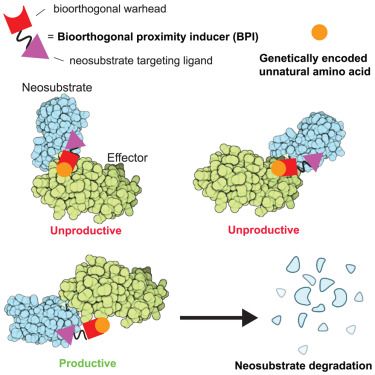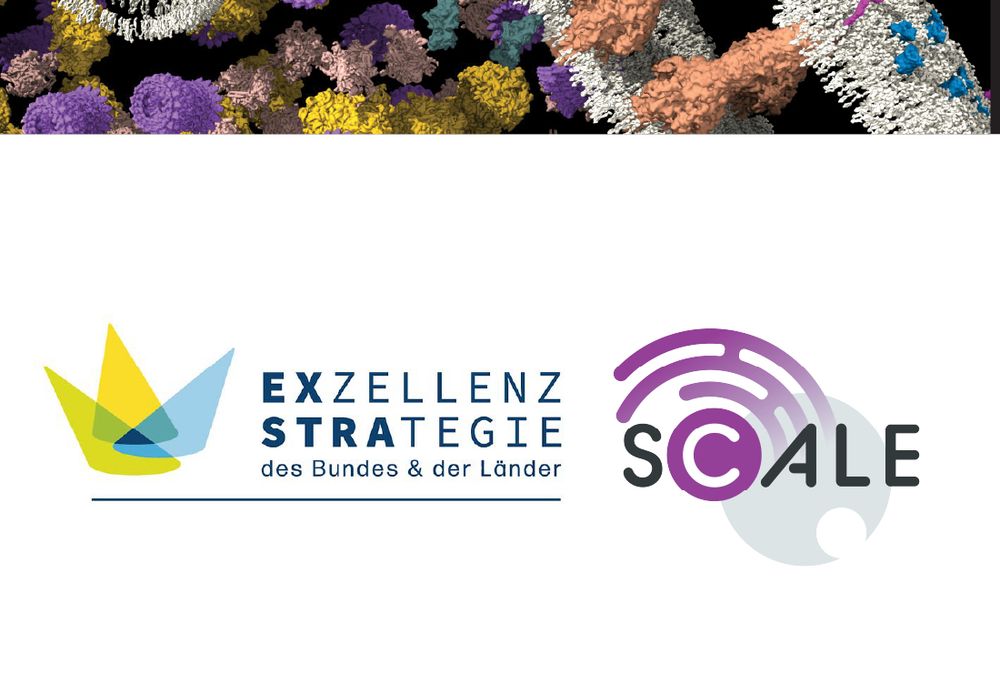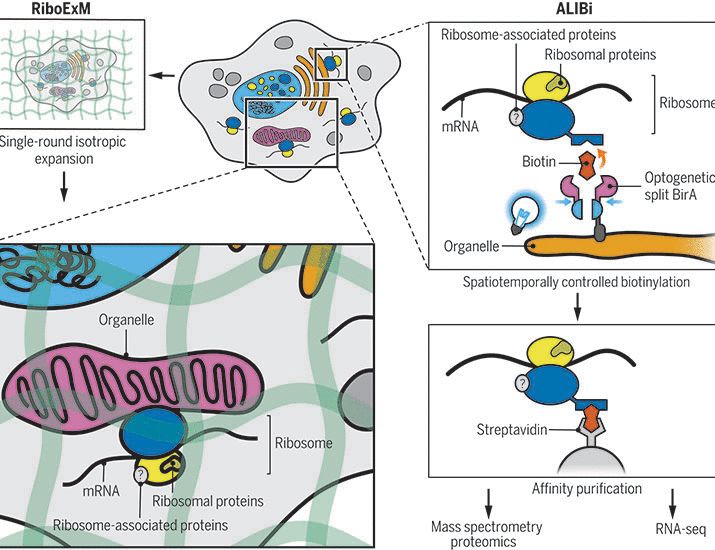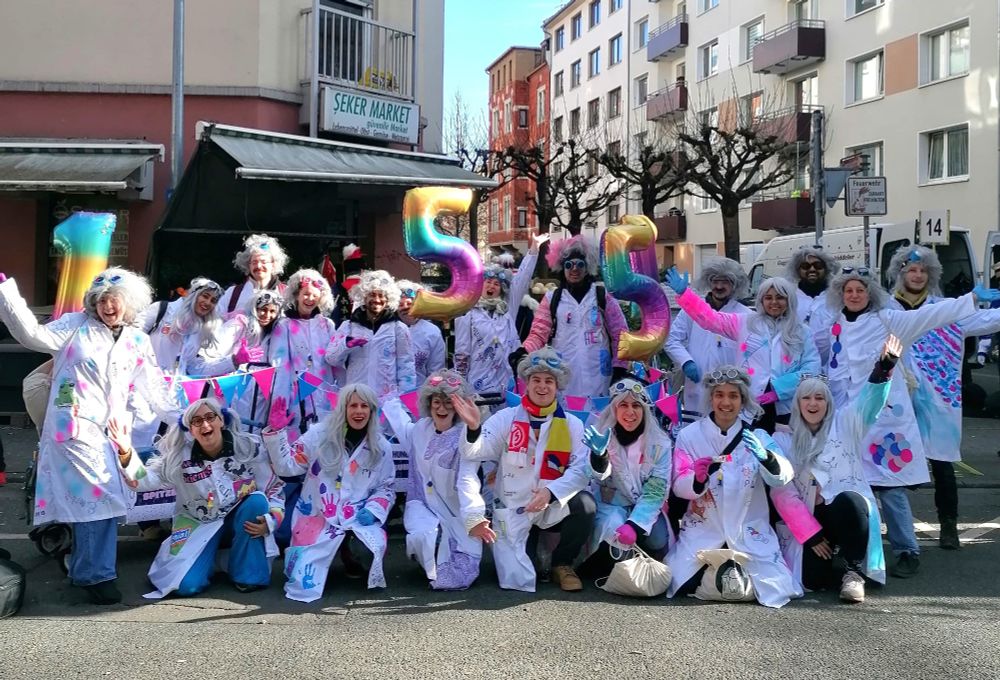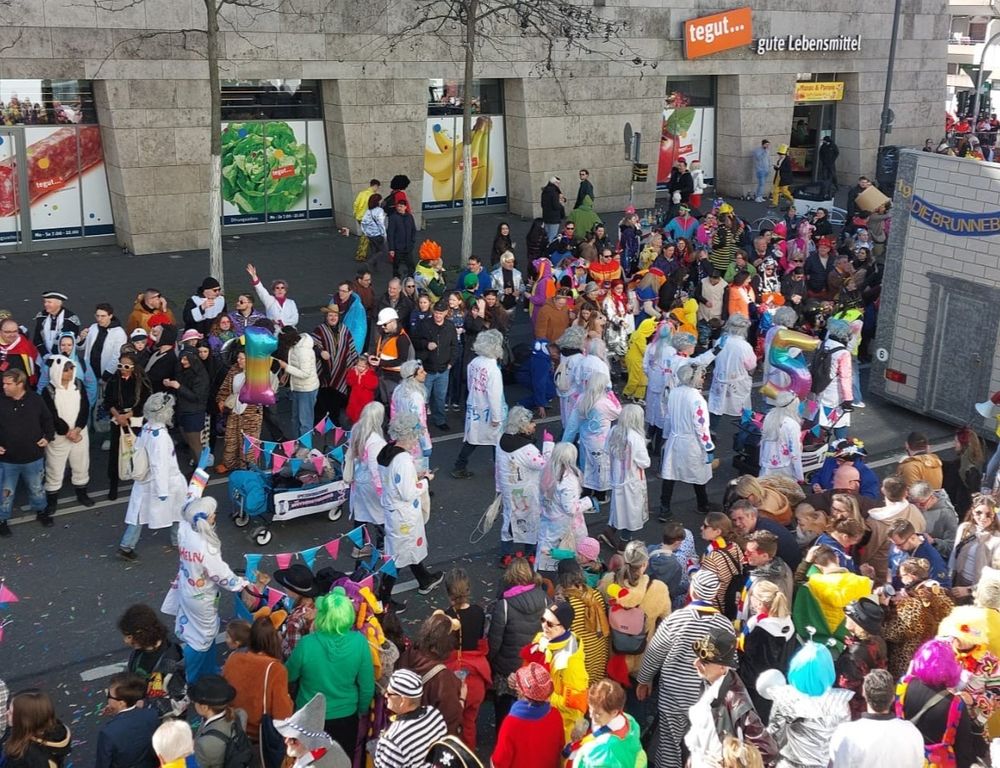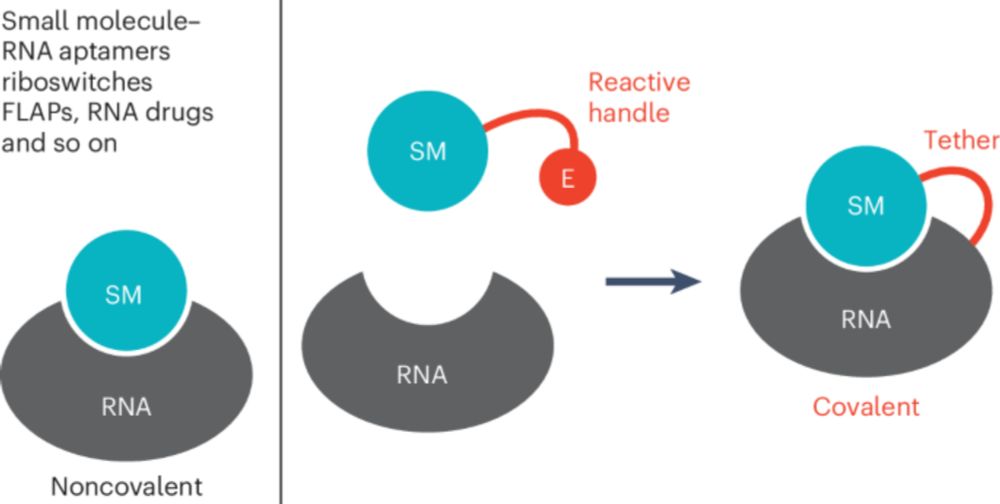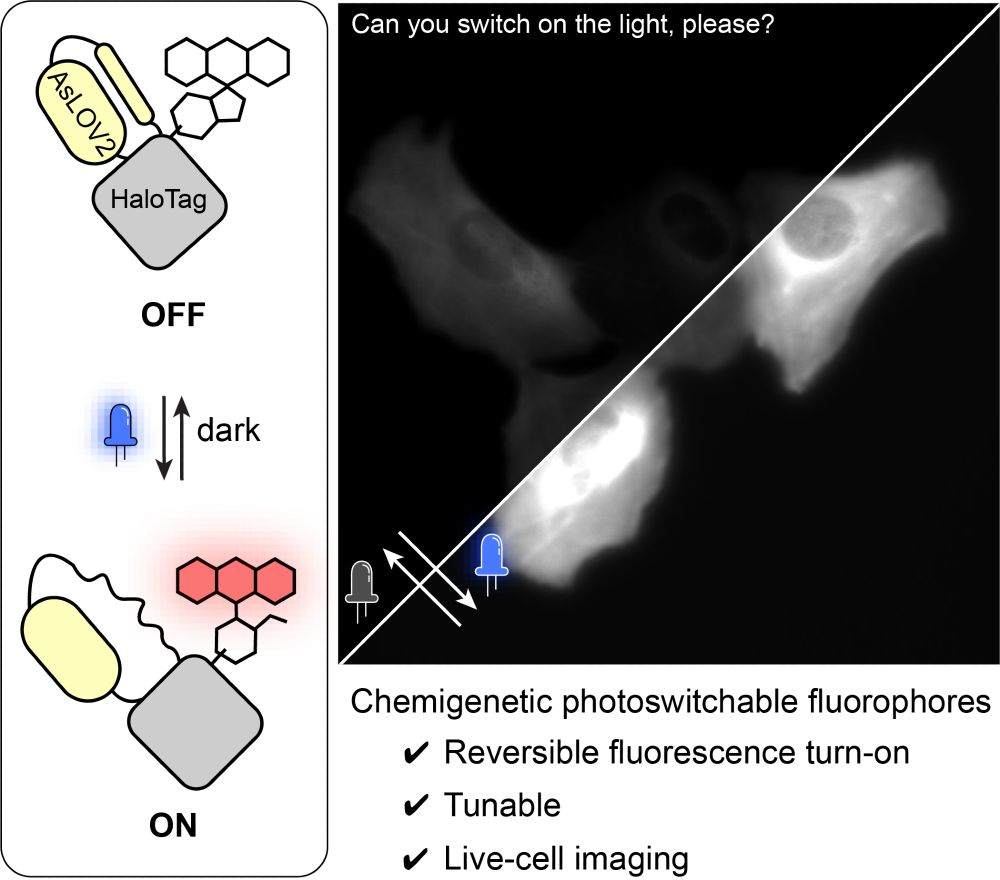Christopher Reinkemeier
@reinkemeiercd.bsky.social
130 followers
330 following
6 posts
SNSF/EMBO Postdoc Fellow with Prof. Randall Platt @ETH_BSSE
prev. PhD with Prof. Edward Lemke @EMBL & @uni_mainz
creating synthetic organelles #condensates #synbio
Posts
Media
Videos
Starter Packs
Reposted by Christopher Reinkemeier
Kalli Kappel
@kallikappel.bsky.social
· Jun 17
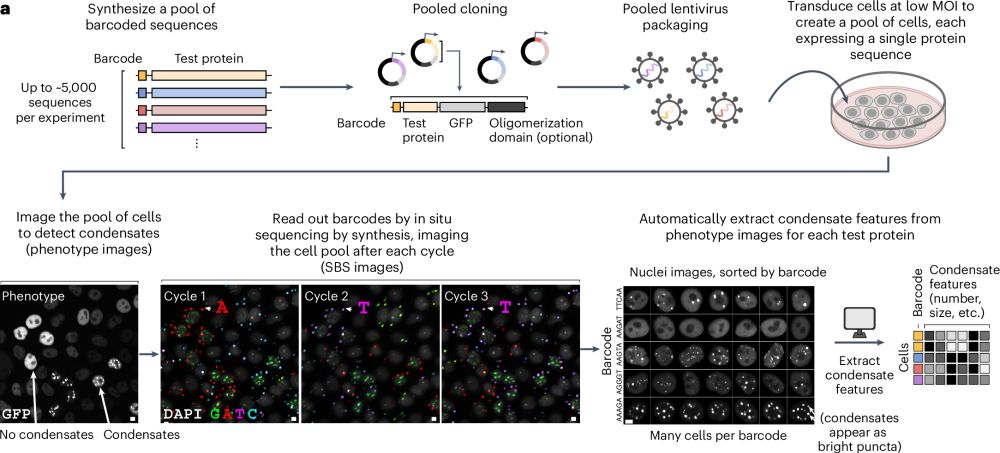
Characterizing protein sequence determinants of nuclear condensates by high-throughput pooled imaging with CondenSeq
Nature Methods - CondenSeq is an imaging-based, high-throughput platform for characterizing condensate formation within the nuclear environment, uncovering the protein sequence features that...
rdcu.be
Reposted by Christopher Reinkemeier
Reposted by Christopher Reinkemeier
Deliz Liang lab
@lab-adl.bsky.social
· Mar 17
Reposted by Christopher Reinkemeier
Reposted by Christopher Reinkemeier
Reposted by Christopher Reinkemeier
Reposted by Christopher Reinkemeier
Reposted by Christopher Reinkemeier
Reposted by Christopher Reinkemeier
Reposted by Christopher Reinkemeier
SpruijtLab
@spruijtlab.bsky.social
· Jan 13

Selective ion binding and uptake shape the microenvironment of biomolecular condensates
Biomolecular condensates modulate various ion-dependent cellular processes and can regulate subcellular ion distributions by selective uptake of ions. However, the molecular grammar governing condensa...
www.biorxiv.org
Reposted by Christopher Reinkemeier
Reposted by Christopher Reinkemeier
Reposted by Christopher Reinkemeier
Reposted by Christopher Reinkemeier
Reposted by Christopher Reinkemeier


